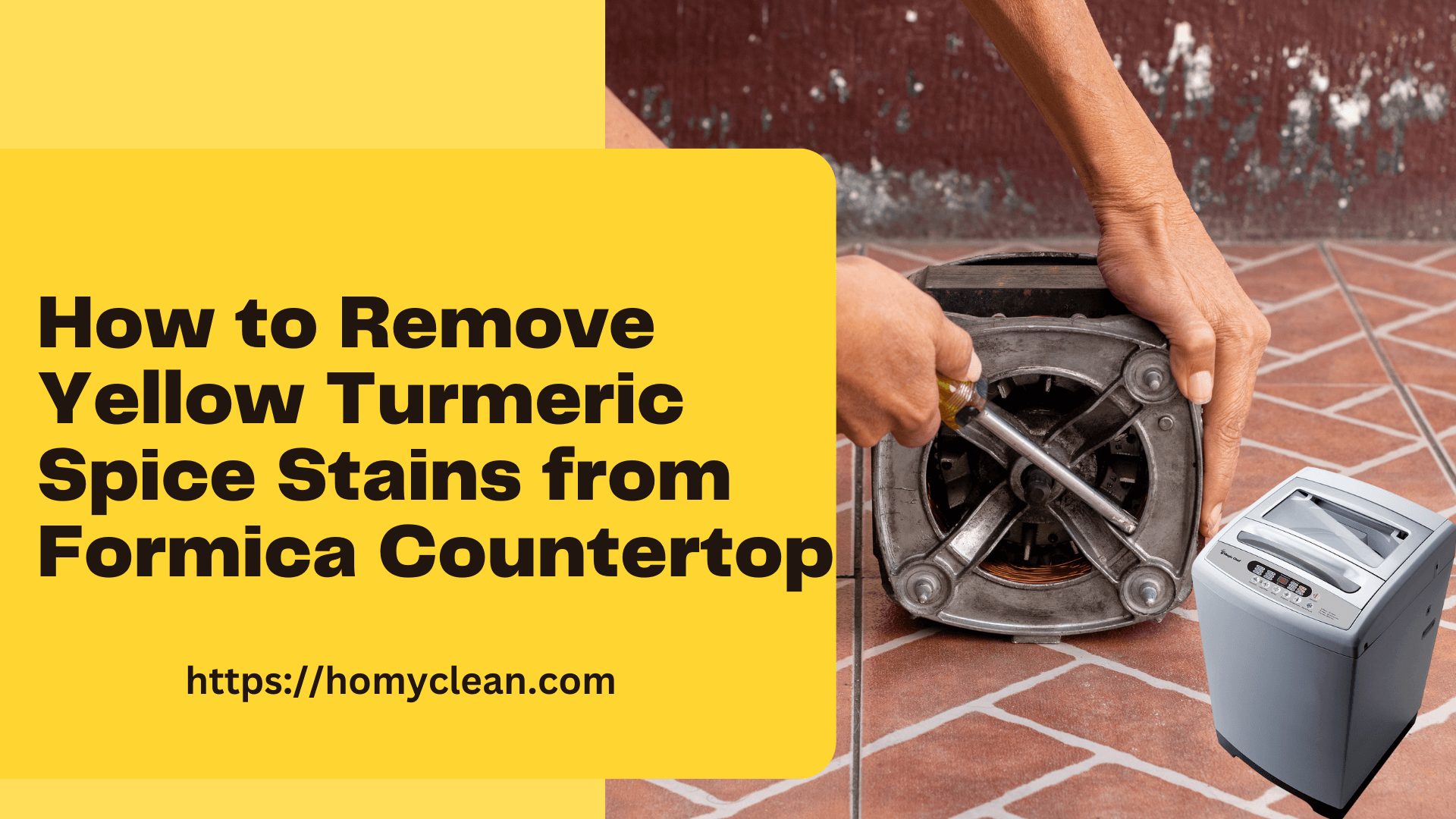- Accidents with pets can be challenging to clean, especially on carpets.
- Pet urine smell can persist even after cleaning.
- Let’s explore if carpet cleaning effectively removes dog and cat urine.
- Discover the best methods for cleaning pet urine and preventing future accidents.
Why is Pet Urine So Hard to Clean?
- Unpleasant odor and potential damage: Pet urine on carpets can lead to both a bad smell and harm to the carpet.
- Deep penetration: The liquid seeps into carpet fibers and padding, making it challenging to remove.
- Bacterial growth: Urine contains bacteria that can thrive, contributing to foul odors.
- Discoloration risk: The presence of pet urine may cause discoloration of the carpet over time.
Relevant Topic: How to Clean Hardwood Floors from Dog Urine
Steps Carpet Cleaning Remove Dog and Cat Urine
Yes carpet cleaning can remove dog and cat urine. However, using the right cleaning methods and products is important to ensure that the urine is completely eliminated.
1. Steam Cleaning
- Steam cleaning: effective for pet urine removal from carpets
- Uses hot water and cleaning solution
- Breaks down urine, lifting it from carpet fibers
- High water temperature kills bacteria and eliminates odor
2. Enzyme Cleaners
- Enzyme cleaners are designed for pet urine odor elimination.
- They break down urine proteins to remove odor and discoloration.
- Safe for carpets; available at most pet stores.
3. Professional Cleaning
- Attempted cleaning urine but odor persists? Consider hiring a professional carpet cleaner.
- Professionals use potent equipment and cleaning solutions for effective pet stain and odor removal.
Related Article: Carpet cleaning hacks with Backing Soda
How to Clean Pet Urine from Carpets
If you decide to clean pet urine from your carpets yourself, here are the steps you should follow:
- Use a clean towel or paper towel.
- Avoid rubbing to prevent spreading and worsening the stain.
- Mix equal parts white vinegar and water.
- Create a solution for cleaning.
- Spray the affected area with the cleaning solution.
- Allow it to sit for 5-10 minutes.
- Use a clean towel or paper towel to blot up the cleaning solution.
- Repeat steps 2 and 3 until the urine stain and odor disappear.
- Rinse the area with clean water.
- Blot the area dry.
- If the odor persists, use an enzyme cleaner.
- Follow the manufacturer’s instructions for the enzyme cleaner.
How to Prevent Future Accidents
Preventing future pet accidents is key to keeping your carpets clean and odor-free. Here are some tips to help prevent accidents:
- Train your pet to use a designated potty area outside.
- Take your pet outside frequently, especially after meals or naps.
- Use a crate or confinement area when you cannot supervise your pet.
- Keep your pet’s litter box clean and in a designated area.
- Regularly use a pet odor neutralizer on your carpets to prevent odors from building up.
Conclusion
Cleaning pet urine from carpets can be challenging, but it’s not impossible. With the right cleaning methods and products, you can eliminate the odor and discoloration caused by pet urine. It’s important to act quickly when accidents happen and follow the steps outlined above to eliminate the urine.
Recommended Topics:
- DIY carpet stain removal for nail polish
- Removing turmeric stains from carpet
- How To Get Dried Nail Polish Out Of Carpet
FAQs
Can I use bleach to clean pet urine from my carpets?
No, bleach can make the stain and odor worse. It can also damage your carpet fibers.
Is it safe to use enzyme cleaners on carpets?
Yes, enzyme cleaners are safe for carpets and specifically designed to break down pet urine and eliminate odor.
How often should I clean my carpets if I have pets?
It’s recommended to clean your carpets every 6-12 months if you have pets, and more frequently if your pet has accidents.
Can pet urine damage my carpet?
Yes, pet urine can cause discoloration and damage to your carpet if it’s not cleaned up properly.
Can I prevent my pet from having accidents on my carpet?
While accidents can still happen, you can help prevent them by properly training your pet and providing designated areas for them to use the bathroom.





